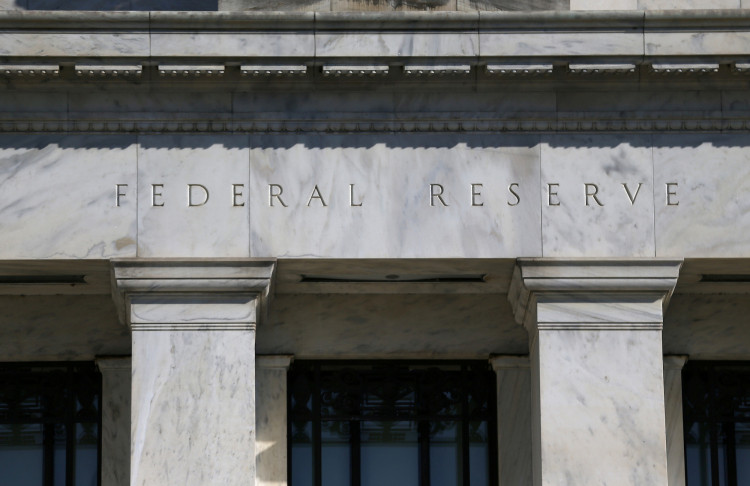Inflation in the United States moved closer to the Federal Reserve's target in August, providing fresh evidence that price pressures may be easing and opening the door for future interest rate cuts. According to the Commerce Department's report released on Friday, the personal consumption expenditures (PCE) price index, a key inflation gauge preferred by the Fed, increased by just 0.1% in August. On an annual basis, the inflation rate now stands at 2.2%, down from 2.5% in July, marking the lowest inflation reading since February 2021.
The 12-month figure, which reflects the cost of goods and services across the U.S. economy, came in below the 2.3% forecast by economists polled by Dow Jones. This drop represents significant progress toward the Fed's long-term inflation target of 2%. Chris Larkin, managing director of trading and investing at E-Trade from Morgan Stanley, observed, "All quiet on the inflation front... Inflation continues to keep its head down, and while economic growth may be slowing, there's no indication it's falling off a cliff."
However, it wasn't all positive news in the economic data. Personal spending and income numbers were lighter than anticipated. Personal income rose by 0.2% in August, and spending also edged up by 0.2%, both falling short of expectations for a 0.4% and 0.3% increase, respectively. Still, financial markets reacted optimistically, with stock market futures gaining ground following the report.
The Fed's inflation measure has shown consistent improvement, despite the ongoing pressure from housing-related costs, which rose 0.5% in August, the most significant increase since January. Meanwhile, services prices climbed by 0.2%, while goods prices dipped by 0.2%, illustrating divergent trends across sectors. The August numbers come after the Fed took the unusual step of lowering its benchmark interest rate by half a percentage point last week, a bold move not seen since March 2020, when the pandemic first gripped the global economy.
This shift marks a pivot in the Fed's strategy. After years of aggressive interest rate hikes to combat inflation, the central bank appears to be turning its attention to ensuring the stability of the labor market, which has shown signs of softening. As of the last Fed meeting, officials indicated there may be another half-point cut later this year, with further reductions expected in 2025.
The drop in core inflation, which excludes volatile food and energy costs, adds further weight to the case for rate cuts. Core PCE inflation increased by 0.1% month-over-month and 2.7% over the past year, matching economists' expectations. Despite some concerns about housing prices and energy costs, the data paints a picture of an economy gradually bringing inflation under control.
In contrast to the Fed's primary gauge, the more commonly known consumer price index (CPI) has been running higher, partly because rents account for a greater share of that measure. The PCE index, however, attempts to reflect how consumers adjust their behavior in response to price changes, such as switching to cheaper alternatives when prices rise.
The cooling of inflation has helped brighten the economic outlook, which had been clouded by persistent price pressures for much of the past two years. Strong consumer spending and business investment led to a healthy 3% annual growth rate in the second quarter, according to a revised estimate released Thursday. Additionally, labor market indicators, such as unemployment claims, continue to show strength, with the number of Americans filing for unemployment benefits hitting a four-month low.
These developments suggest that consumers are finding some relief from inflation, with University of Michigan data indicating improved consumer sentiment for the third consecutive month. The report attributed the uptick in optimism to "more favorable prices as perceived by consumers" on big-ticket items such as cars, appliances, and furniture.
Fed Chair Jerome Powell and his colleagues now face the challenge of balancing inflation control with the need to support the labor market. With inflation moving in the right direction, the central bank could increasingly focus on fostering economic growth and addressing weaknesses in employment figures.
Looking ahead, the Fed's November meeting will be critical in determining whether further rate cuts are necessary. While market participants are hopeful, the central bank will likely continue to watch inflation closely, particularly given the ongoing challenges posed by high housing costs and global economic uncertainties.






